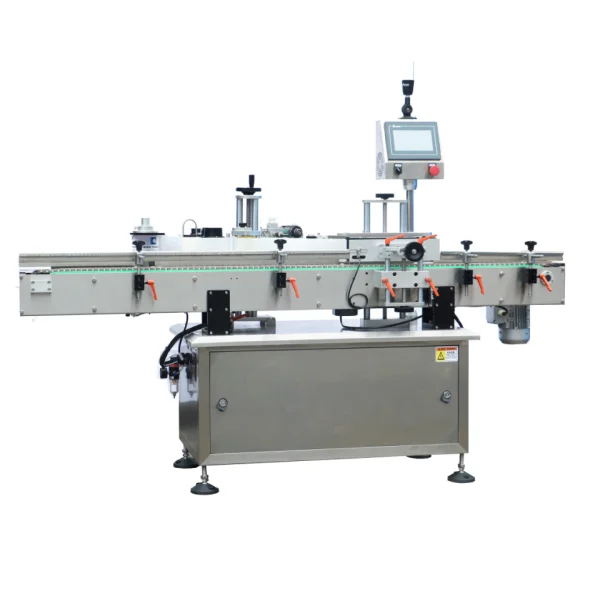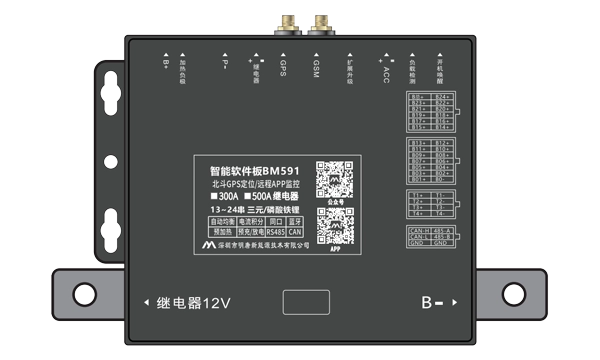Automatic safe load indicators have revolutionized the lifting industry since their inception in the late 20th century. These devices enhance safety by preventing overloads, which can lead to accidents and equipment failure. With advancements in technology, modern indicators are more accurate and user-friendly. They provide real-time data to operators, ensuring that loads remain within safe limits.
Understanding how these indicators work is essential for anyone involved in lifting operations. They not only protect workers but also extend the lifespan of equipment. As industries continue to prioritize safety, automatic safe load indicators will play a crucial role in maintaining operational efficiency and reducing risks. Embracing this technology is a smart move for any business aiming for safer practices.
Key Takeaways
-
Understand the Importance: Recognize that automatic safe load indicators are crucial for safe crane operations, helping prevent accidents and ensuring compliance with safety regulations.
-
Learn Key Features: Familiarize yourself with the essential features of these indicators, such as real-time monitoring and overload alerts, to enhance your lifting equipment's safety.
-
Prioritize User-Friendly Design: Choose models with easy-to-read interfaces and intuitive controls to ensure all operators can use the system effectively without confusion.
-
Explore Diverse Applications: Consider how automatic safe load indicators can be applied across various lifting equipment, from cranes to hoists, to improve overall safety in your operations.
-
Be Aware of Limitations: Stay informed about potential limitations of these systems, such as maintenance needs or environmental factors that could affect performance.
-
Enhance Safety Protocols: Integrate automatic safe load indicators into your safety measures to significantly reduce the risk of overloads and improve workplace safety.
Understanding Automatic Safe Load Indicators
Purpose
Automatic safe load indicators are crucial in crane operations. They help operators determine the safe load limits of cranes. These indicators prevent overloads, which can cause accidents. By ensuring that the load does not exceed the maximum capacity, they protect both the equipment and personnel on-site.
Safety and Efficiency
These indicators significantly enhance operational safety. They provide real-time feedback to operators about the current load being lifted. If a load approaches or exceeds the safe limit, the system alerts the operator. This immediate warning helps avoid dangerous situations.
Efficiency also improves with automatic safe load indicators. Operators can work confidently, knowing they have support from technology. This reduces downtime caused by accidents or equipment failure. Projects can proceed smoothly when safety is prioritized.
Technology Behind Indicators
The technology behind automatic safe load indicators involves several components. Load moment indicators measure the forces acting on a crane while lifting a load. They calculate the load's moment and compare it to the crane's specifications.
Sensors play a vital role in these systems. They monitor weight, angle, and other factors continuously. Data from these sensors feeds into a central processing unit. The unit analyzes the information and determines whether the operation remains within safe parameters.
Many modern systems use digital displays to show real-time data. Operators receive clear visual cues about their current loading status. Some systems even integrate alarms that activate during overload conditions.
Monitoring Capabilities
Monitoring capabilities of automatic safe load indicators are advanced. They track multiple variables simultaneously, ensuring comprehensive safety checks. For example, they monitor:
-
Weight of the load
-
Boom angle
-
Wind speed
-
Stability of the crane
This multi-faceted approach allows operators to make informed decisions quickly. It also provides data for future reference, enhancing training and improving operational practices.
Key Features and Benefits
Display
The MIPEG X system features a 7” color touch screen display. This screen provides clear visibility of crucial information. Operators can easily view weight loads and angles in real time. The bright colors enhance readability in various lighting conditions.
Intuitive Graphics
Intuitive graphics and symbols improve operator understanding. These visuals help operators quickly identify issues or changes in load status. This clarity reduces the chances of errors during operation. Operators can focus on their tasks without confusion.
Configurable Settings
Configurable settings allow customization based on specific crane operations. Manufacturers can adjust parameters to suit different job requirements. This flexibility enhances safety and efficiency. Each configuration can be tailored to the unique needs of a project.
Safety Alerts
The system includes safety alerts that notify operators of potential overloads. These warnings are vital for preventing accidents. Operators receive immediate feedback, allowing them to take corrective action quickly.
Weight Measurement
Accurate weight measurement is a key benefit of the MIPEG X system. It ensures that cranes operate within safe limits. Overloading can lead to equipment failure and accidents. Reliable weight data helps maintain safety standards on-site.
Manufacturer Support
Manufacturers provide extensive support for the MIPEG X system. They offer training for operators, ensuring they understand how to use the technology effectively. This support builds confidence in using the automatic safe load indicator.
Angle Monitoring
Angle monitoring is another important feature of this system. It tracks the angle of the load, helping prevent tipping or instability during lifts. Operators gain real-time insights into the load's position.
Enhanced Efficiency
The combination of these features leads to enhanced efficiency in crane operations. Operators can make informed decisions quickly, improving workflow on-site. Increased efficiency often translates to cost savings for projects.
User-Friendly Interface
The user-friendly interface simplifies operation for all skill levels. New operators can learn quickly with minimal training. Experienced operators appreciate the advanced features that enhance their capabilities.
Data Logging
Data logging capabilities allow for tracking performance over time. Operators can review past operations to identify trends or areas for improvement. This historical data is valuable for future planning and safety assessments.
https://www.clinkindustry.com/Product
Chengdu Chengling Technology Co., Ltd.



